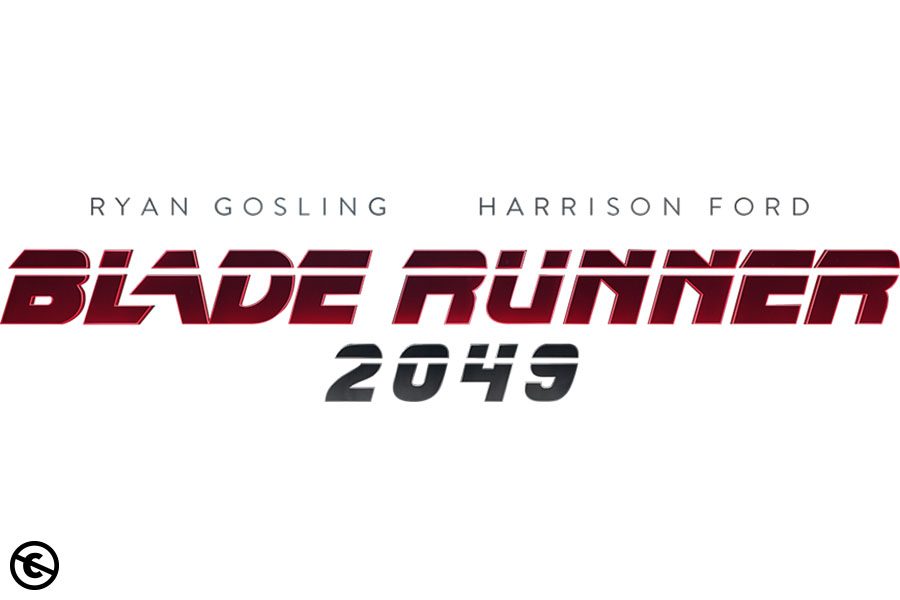Opinion | Bona Fide | “Blade Runner 2049”
A look at the first of Margherita’s must-see movies
Warner Bros. Image used under fair use exemption to copyright law.
Note: This is my first film in my must-see films series. “Blade Runner 2049” gets everything right, by creating a masterful story full of the most beautiful human elements and cinematography ever put to film. I walked out of the theater with the film within my heart days later and pondered its meaning for weeks on end. Although it failed at the box office, “Blade Runner 2049” cannot be missed.
Outside of swarms and swarms of people, the only other remnant of nature is a dead tree. Welcome to 2049.
First there were humans, then there were Replicants, artificial human beings that are designed to be “more human than human.”
Where to begin. “Blade Runner 2049” picks up 30 years where “Blade Runner” ends, leaving the audience with as more questions than answers as did the first film.
“Replicants are bioengineered humans, designed by Tyrell Corporation for use off-world. Their enhanced strength made them ideal slave labor.
After a series of violent rebellions, their manufacture became prohibited and Tyrell Corp went bankrupt.
The collapse of ecosystems in the mid 2020s led to the rise of industrialist Niander Wallace, whose mastery of synthetic farming averted famine.
Wallace acquired the remains of Tyrell Corp and created a new line of replicants who obey.
Many older model replicants – Nexus 8s with open-ended life spans – survived they are hunted down and ‘retired’.
Those that hunt them still go by the name…
Blade Runner”
While the film’s main focus is the Replicant Blade Runner who executes exiled Replicants, human emotions drive the story which illustrates how personal experiences shape an individual. Read here for a synopsis. (Spoiler: Read at your own caution. I do reveal plot twists.)
“Blade Runner 2049” pushes the audience to question the definition of human and humanity. Viewers will get up after watching the movie feeling forever altered and that they have witnessed a perfect moment of humanity.
At two hours and 44 minutes, “Blade Runner 2049” is one of the smartest, leanest and most-human films of the 21st century. Every. Single. Scene. Matters.
Although the film’s focus is a supposedly-impossible born-Replicant, its protagonist (the current version of obedient Replicants) K (Ryan Gosling) evolves throughout the film and is the heart of the story.
Thrown into a mystery that makes him question the nature of his own existence, K confronts a memory that has travelled with him his whole life. Finding external confirmation of it, confuses and frightens him since the confirmation introduces the possibility of the memory being real instead of implanted; he could be human and not just another Replicant.
K learns what it is to be human or more than human through his trials. He cannot comprehend how he feels until the moment he realizes the memory is real.
His evolution is pictured so effortlessly through Gosling’s rock-solid performance and the beautiful script written by Hampton Fancher and Michael Green.
Even when he is faced with the reality of not being the chosen one, K learns throughout the entire film that doing right by others is the ultimate human act. He does the right thing for someone he doesn’t know risking his life for a father to see his daughter.
The words of an older model K retires in the first moments of the movie spark his evolution:
Sapper Morton: “You newer models are happy scraping the s***… because you’ve never seen a miracle.”
K’s experiences a series of miracles. The first: a born Replicant, the miracle that changes his whole perspective on himself and humanity and will inevitably change the world.
Both the writers and director Denis Villeneuve (“Arrival,” “Sicario”) created a visual, emotional and humanely-artistic achievement in cinema. They created a masterpiece of humanity and a cinematic experience of love and loss all through the lens of a synthetic world full of corruption and Replicants.
Gosling delivers one of his best performances to date becoming K in every shape and embodying a Replicant developing so humanely through this epic journey. Harrison Ford playing Deckard also succeeds in giving one of his best performances of all time outdoing the Deckard from the original “Blade Runner.”
Lastly, Roger Deakins delivers his most- beautifully shot film yet through his eye-opening cinematography that communicates just as much meaning as the story itself. Deakins keeps the look of the classic, melancholic society with a modern take on the Blade Runner world, executing some of the most beautiful shots put to film of all time (Give this man an Oscar already!).
From the outstanding writing, visual effects, character development, direction and– of course–cinematography, Denis Villeneuve has created yet another modern-day classic.
All these factors are the reason why this film is the definition of “perfection.”
Your donation will support the student journalists of Eureka High School - MO. Your contribution will allow us to purchase equipment and cover our annual website hosting costs.

This is Margherita's fifth semester on staff where he serves as an opinions writer for the EHS_hub. Marghertia enjoys discovering new music, traveling...



















